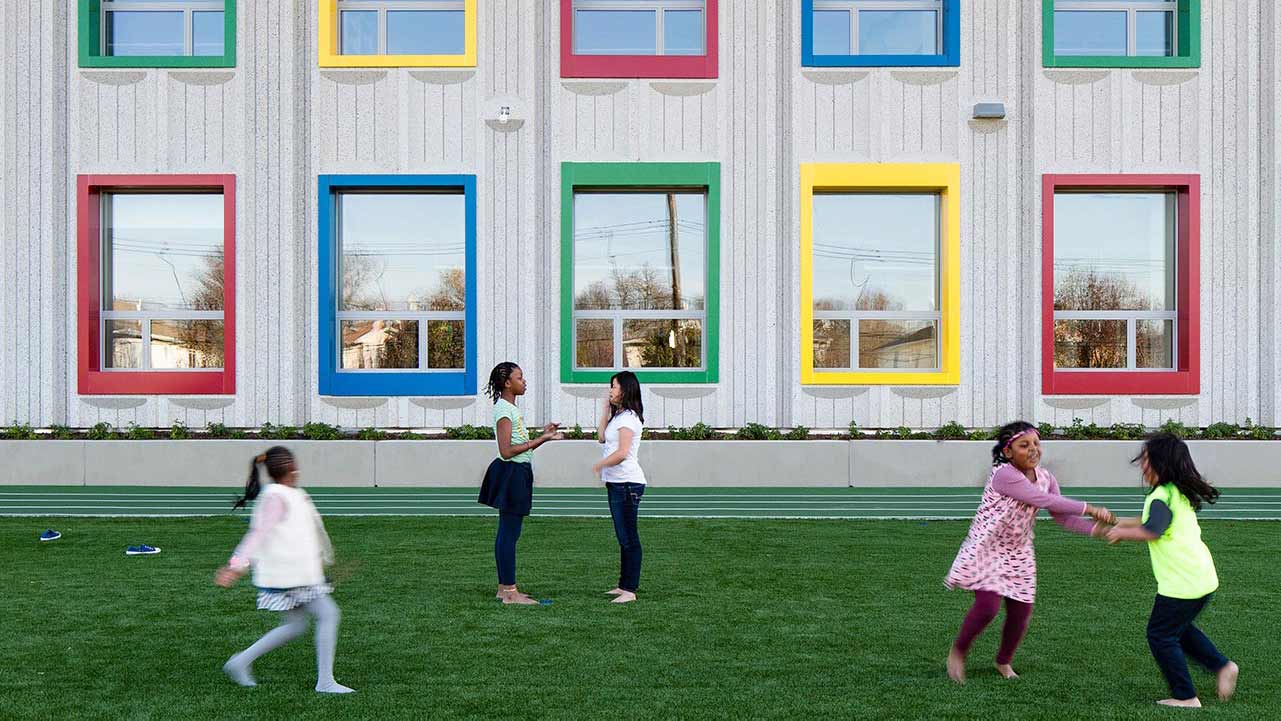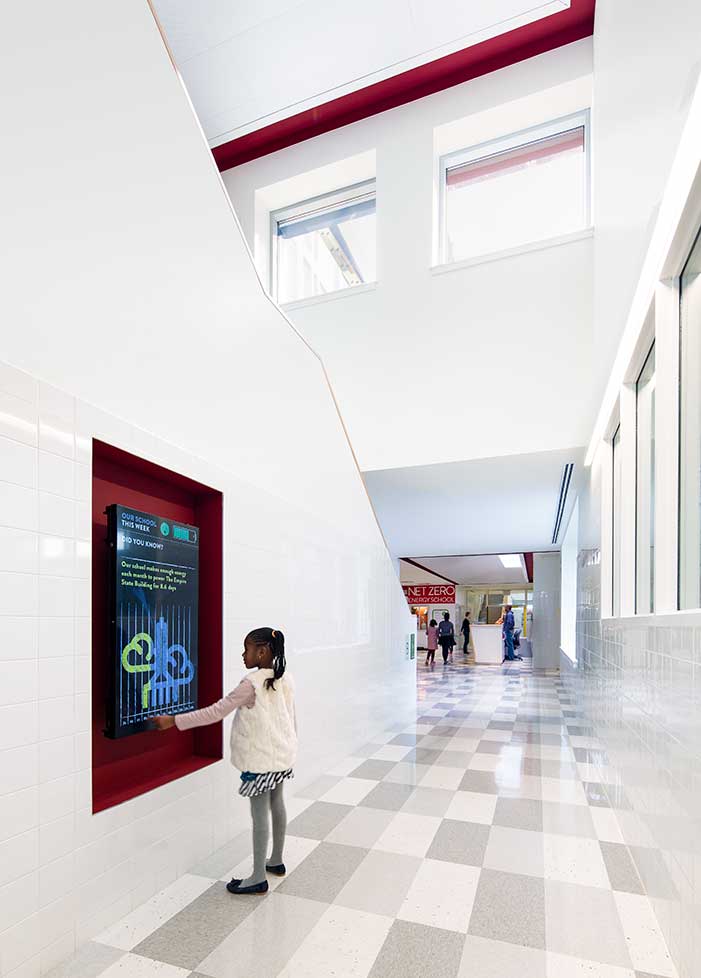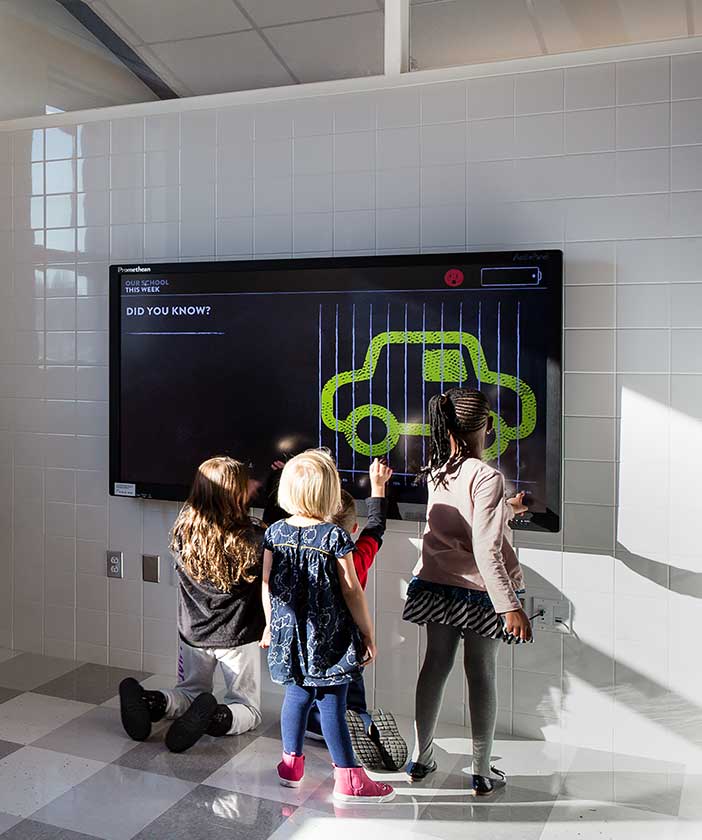Enhanced and monitoring-based commissioning is vital in making sure a structure performs the way it was intended.

[Photo by James Ewing / OTTO]

Mary Acciani is a licensed professional engineer, certified energy manager, and certified green building engineer with more than 35 years of experience in architectural engineering. She is currently a senior project manager at AKF Group, an award-winning global engineering firm offering MEP/FP design and energy and sustainability services along with analysis and testing, architectural code consulting, building controls, commissioning, critical systems, fire and life safety, infrastructure, IT/AV/Security, lighting, and special inspections.
As architects and engineers, we design our projects hoping that, once constructed, they’ll reach the sustainability goals we’ve designed them to meet. So many advances have been made in sustainable building design—from LED lighting to electrochromatic glazing to new approaches to HVAC. But there’s a learning curve to incorporating and operating these innovative technologies well. Unfortunately, as we all know, designs can be compromised during construction and buildings can be operated contrary to design intent.

AKF designed sustainable MEP/FP systems for New York City’s first net zero energy school—P.S. 62 The Kathleen Grimm School of Leadership and Sustainability. The school is intended as a living laboratory for teaching students about energy, with custom dashboards where students can learn energy facts and track building energy consumption. [Photo by James Ewing / OTTO]
It’s essential that different technologies be coordinated during the design process so finished systems work well together. Contractors must understand the design intent so that when they look to substitute materials and equipment, sustainable qualities aren’t compromised. They also need to understand how systems are supposed to work, together and apart, to install them properly and train owners adequately.
Engaging enhanced and monitoring based (E&M) commissioning is critical. With E&M commissioning, the commissioning agent reviews contractor submittals and provides another set of eyes to guarantee what’s provided is what was specified. They also assist designers with requirements for measuring and metering to generate invaluable information for fine-tuning and troubleshooting systems—at start-up and beyond. To further certify that a building operates as designed, the agent develops monitoring-based procedures and conducts a review of building operations 10 months after completion.

[Photo by James Ewing / OTTO]
The building’s initial occupancy period is often challenging, as occupants learn to adjust to new surroundings with features that may also be new to them. Building operators may be learning to work with complicated systems. Owners should consider having the project design team host workshops to educate about green features. Providing a building user’s guide is also a good idea, as is including a dashboard system to monitor and track energy consumption, including lighting, power, heating, and cooling to provide feedback to occupants.

